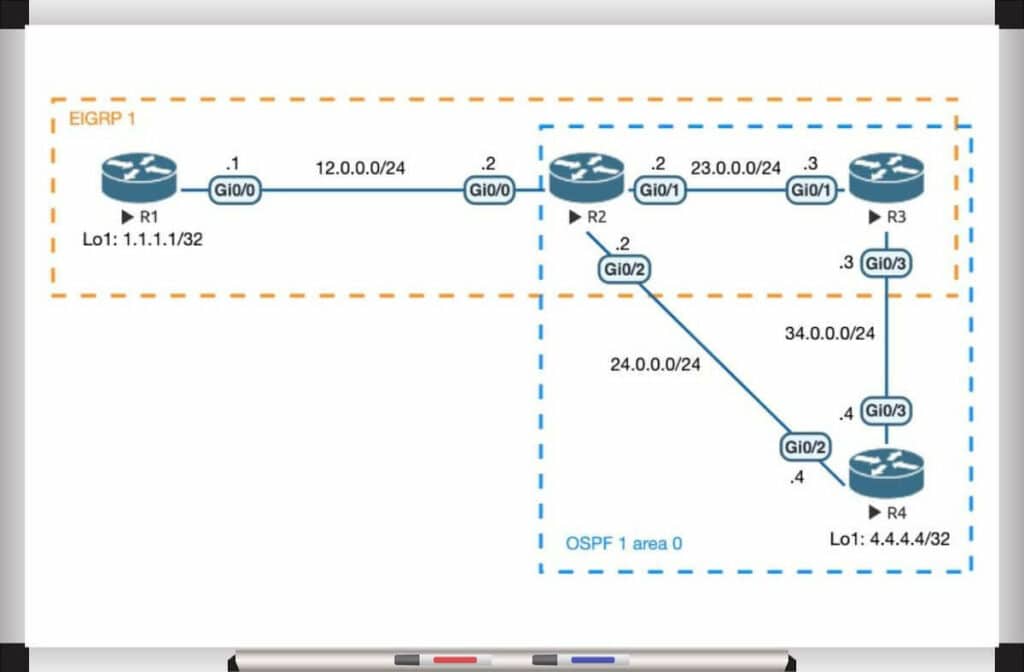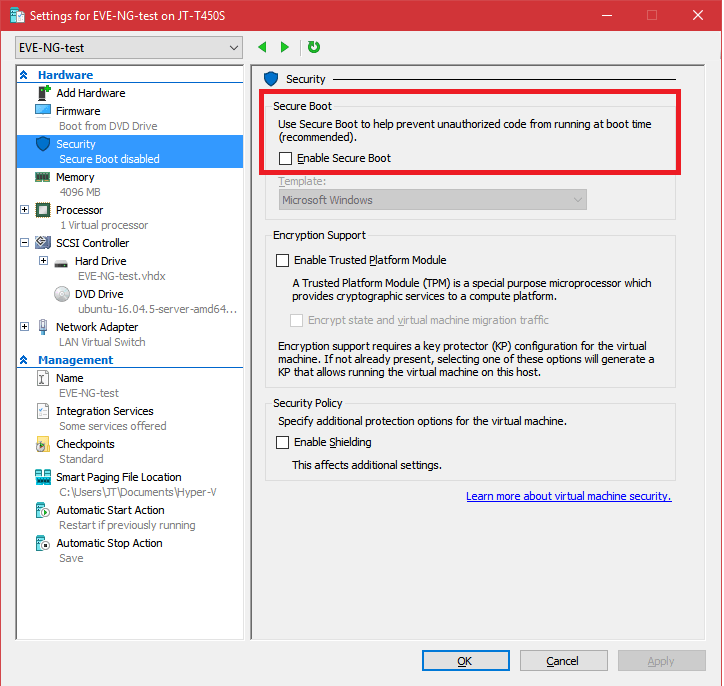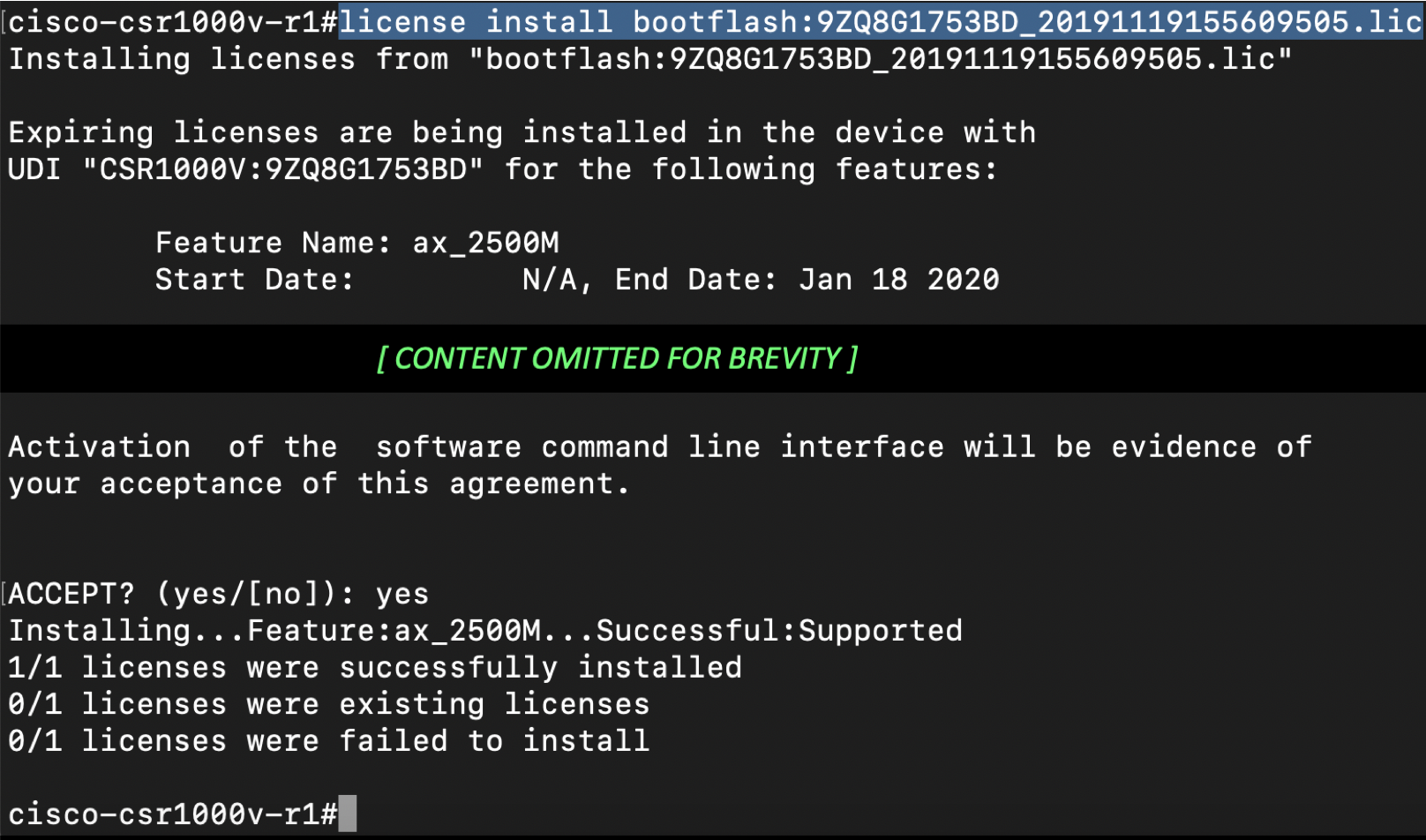

- Eve ng crs1000v no interface install#
- Eve ng crs1000v no interface update#
- Eve ng crs1000v no interface iso#
- Eve ng crs1000v no interface free#
- Eve ng crs1000v no interface windows#
Select here no automatic updates (we want to select ourselves the packages to update as it may broke the server):įinish the installation and boot the eve-ng machine.
Eve ng crs1000v no interface install#
Click Install VM > English or any other language you want:Īccept the location area for current time, then wait for system installation and keep proxy manager with no config.
Eve ng crs1000v no interface iso#
Add the VM in your local management network and choose the installation ISO file downloaded above:įinish and boot the machine. Use 4 vCPUs and do not forget to tick: expose hw assisted virtualization to guest OS (necessary to run other VMs on this VM):Īdd at least 8 GB of RAM and 50 GB for storage.
Eve ng crs1000v no interface free#
If you want to install on your local host/own server/cloud this eve-ng machine, you can look over the next steps to make sure the process is done corectly.ĭownload here the iso file eve-ng free edition, then in vmware workstation/vmware esx create a new VM with the following configuration:Īs eve-ng is an ubuntu 16.04 with x86_64 arch, select:

To change the node configuration, you need to power it off firstly. keep the rest as they are pre-configured select the console access mode (most of the times we are using telnet for router and vnc for the rest) select the number of vCPUS, RAM, and number of Ethernet ports add a name for node (this will appear on the topology in dashboard) select image name (based on the folder from dynamips folder) number of nodes (most of the times, only 1 as we are using an image per node) After selecting the template, you are required to complete the following: These are created based on the uploaded image names in eve-ng machine (dynamips, qemu, or iol) and the format of file (you may be able to select Linux, but if you do not add a proper image in qcow2 format, it won't be read for node deployment).ģ. Right click on dashboard > Add new object > select NodeĢ. The images for Linux (Ubuntu and Kali), Cisco router 7200, Cisco FTD, and Fortinet are already added on the VM.ġ. You will require to create new nodes for topologies on webui in eve-ng. # then, exit the ios cli mode using ctrl + ], then qįor more information about this IDLE-PC value, check this link. # on the node configuration, use the hex value with the highest count - here is 0圆0608bc4

Restart the emulator with "-idle-pc=0圆0608bc4" (for example) # press ctrl + ] at the same time, then i -> this will gather the statistics and calculate the idle-pc times # go to /opt/unetlab/addons/dynamips and run the emulated dynamips -P 7200 .image The required one is already added there so do not delete anything.Īlso, the node in web app is already configured, but if the dynamips process still takes too much of your cpu, you need to recalculate the IDLE-PC usage. This is the place where you find different other Cisco 7200 images.ĭynamips images are stored on the eve-ng machine on path /opt/unetlab/addons/dynamips (yes, they kept that legacy name path). Login again with your LDAP credentials and then go to a terminal and check a ping request to an internal ping -c 2 10.3.255.254 # this needs to be executed each time the window is closedģ. For Windows/MacOS it should appear a pop-up window where you need to add the portal address .įor Linux, you can open the pop-up window using the command from below and then enter the portal address globalprotect launch-ui Note: On Linux you can clear the cache (PanPortalCfg, PanPCD, rm -rf ~/.GlobalProtect/PanP*Ģ.
Eve ng crs1000v no interface windows#
you can also take a look on logs: PanGPS.log file (basically here you can find each generated from connecting to portal, to receiving, and bringing up the tunnel with gateways) - the path for Windows C:\Program Files\Palo Alto Networks\GlobalProtect\PanGPS.log or for Linux /opt/paloaltonetworks/globalprotect/PanGPS.log if you have access from browser and the connection cannot be made from GP UI, then try to disable and then enable, or go to Settings > General > Portals remove it and connect again to it, or reinstall the application If you receive a timeout, then your public ip is blocked. If you have issues accessing the portal, try the following steps:


 0 kommentar(er)
0 kommentar(er)
